Viscose and rayon fabrics dominate summer wardrobes, but their delicate nature leaves crafters wondering: can you safely tie-dye these semi-synthetics? Let’s unravel the science and techniques for vibrant, long-lasting results.
Yes, you can tie-dye viscose and rayon1 using fiber-reactive dyes2 with extended curing times. These wood pulp-based fabrics absorb dye differently than cotton, requiring gentler handling3 to prevent tearing during the process.
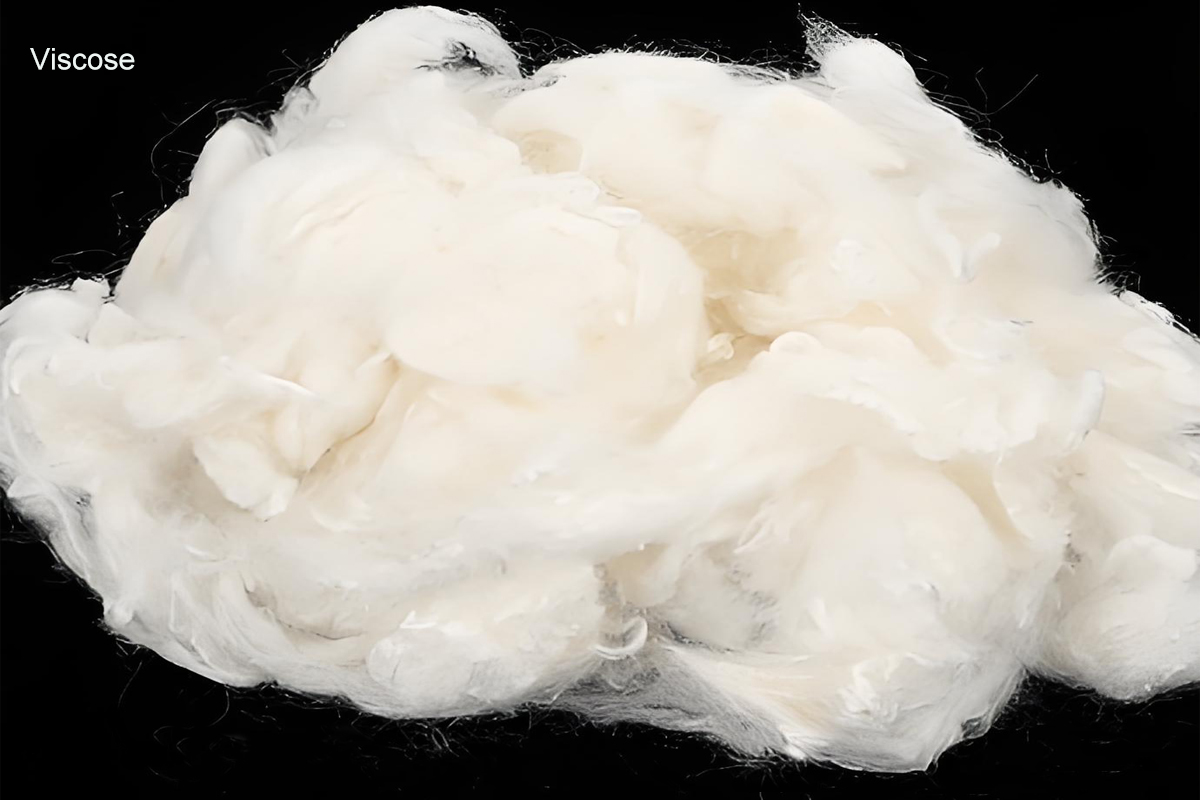
While the short answer brings relief, the real magic lies in understanding these fabrics’ unique chemistry. Let’s explore why your favorite rayon dress behaves like tissue paper when wet – and how to dye it successfully.
What Is Viscose & Rayon?
Ever bought a shirt labeled "rayon" and wondered what it really means?
Viscose and rayon come from wood pulp processed chemically4, making them soft like silk but tricky to dye like cotton5.
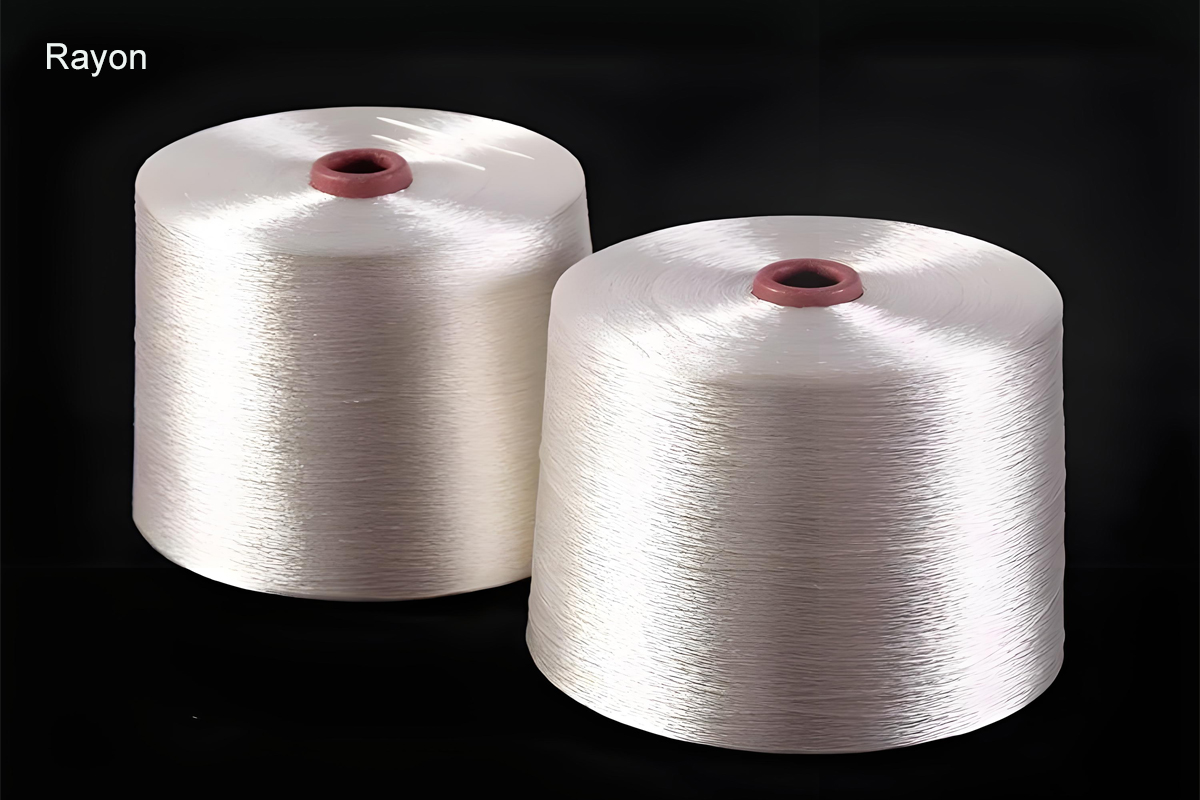
Let’s break this down. Both rayon and viscose start as cellulose from plants—usually wood. Manufacturers use solvents like carbon disulfide and sodium hydroxide to convert the pulp into fibers. This process makes the material feel breathable and smooth, ideal for fashion.
However, these fibers act more like synthetics when wet. Viscose can lose up to 50% of its strength when saturated, which makes it vulnerable to tearing during dyeing. Modal and lyocell (e.g., TENCEL™6) are also part of the rayon family but undergo different treatments. Lyocell uses a closed-loop system and is stronger when wet. Modal is more durable and less likely to shrink.
| Fabric Type | Made From | Wet Strength | Eco Impact | Common Uses |
|---|---|---|---|---|
| Viscose | Wood pulp (chemically treated) | Low | Moderate | Fashion, drapes |
| Rayon | General term | Low to medium | Varies | Shirts, dresses |
| Modal | Beechwood | Medium | Better | Underwear, tees |
| Lyocell | Wood pulp (closed loop) | High | Best | Eco fashion, bedding |
So while all are semi-synthetic, they dye and behave differently.
Can You Tie-Dye Viscose & Rayon?
Excited to go full rainbow on that rayon scarf? Not so fast.
You can tie-dye viscose and rayon using fiber-reactive dyes7, but they soak up dye faster and are weaker when wet, requiring a gentle touch.
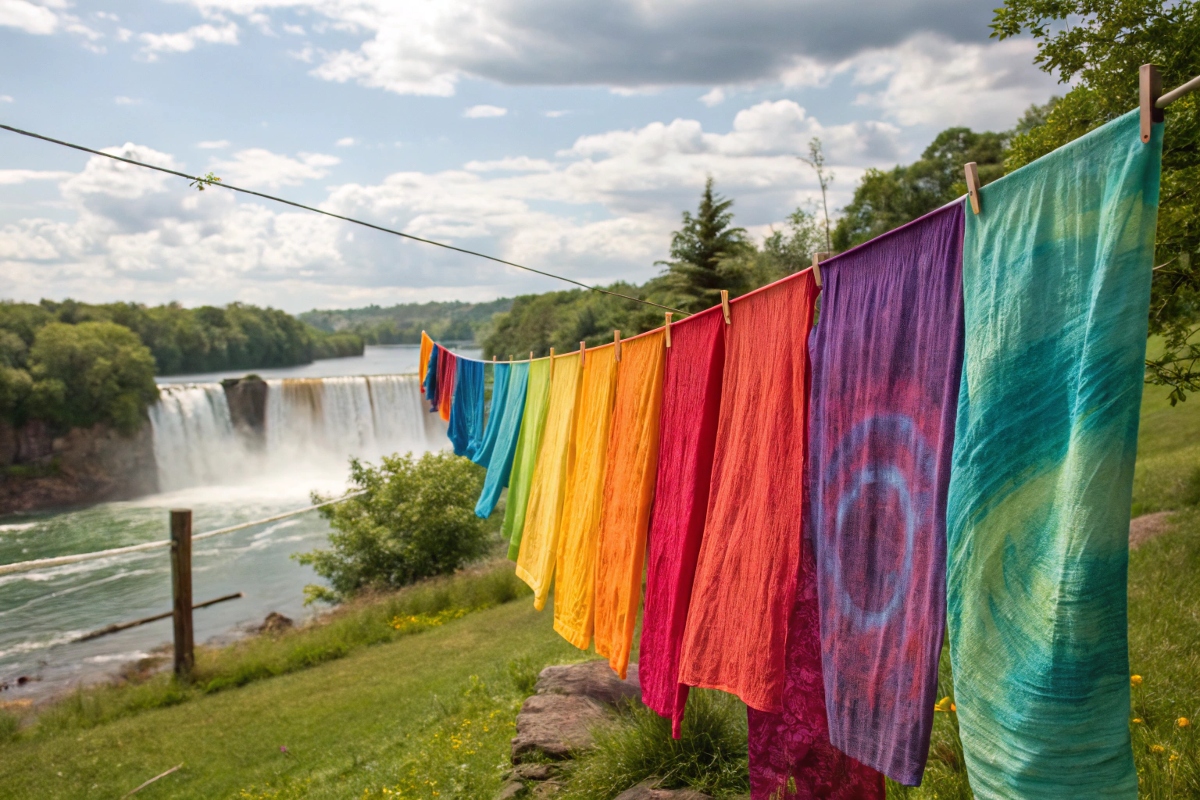
Rayon and viscose take in color beautifully, often even better than cotton. Fiber-reactive dyes form a bond with the cellulose in the fabric, giving you intense colorfast results. The challenge? Wet rayon becomes fragile. That means your regular twist-tie-pull method can lead to ripping or warping the design.
Also, while synthetics like polyester resist dye unless using heat, rayon falls in the middle—it’s plant-based, but processed. Acid dyes don’t work well. Fiber-reactive types like Procion MX8 or Dharma Trading’s dyes9 are your best bets.
Be gentle when manipulating the fabric. And remember: The results might be more watercolor-like compared to bold cotton patterns, but they’ll be uniquely beautiful.
What Are the Best Dyeing Methods for Viscose/Rayon?
Tired of using just the spiral method? There’s more out there.
Tie-dye, ice dyeing10, low-water immersion11, and spray dyeing all work well on rayon—with tweaks for safety and vibrancy.
You have options. Spiral, crumple, or accordion folds all work if you keep your handling soft. Ice dyeing is a visually stunning method where ice slowly melts over powdered dye—giving unpredictable, marbled results. But rayon loves to absorb moisture fast, so the melting process creates brighter patches than cotton, sometimes blending faster than expected.
Low-water immersion and shibori techniques are also effective. With these, you can control where dye pools, and use resists like rubber bands or clamps. Spray dyeing lets you layer colors and build ombre or gradient effects.
| Method | Pros | Challenges on Rayon |
|---|---|---|
| Traditional Tie-Dye | Bold patterns | Risk of fabric tearing |
| Ice Dyeing | Watercolor effect | Fast absorption = blending |
| Immersion/Shibori | Crisp edges with resists | Requires slow handling |
| Spray Dyeing | Layered gradients | Uneven spray if soaked |
Each method can work—you just need to adjust pressure and prep.
Step-by-Step Guide to Dyeing Viscose/Rayon
Ready to start dyeing? Let’s walk through every step.
Dyeing viscose and rayon safely means pre-washing, using fiber-reactive dyes12, curing long enough, and washing out gently to prevent color loss.
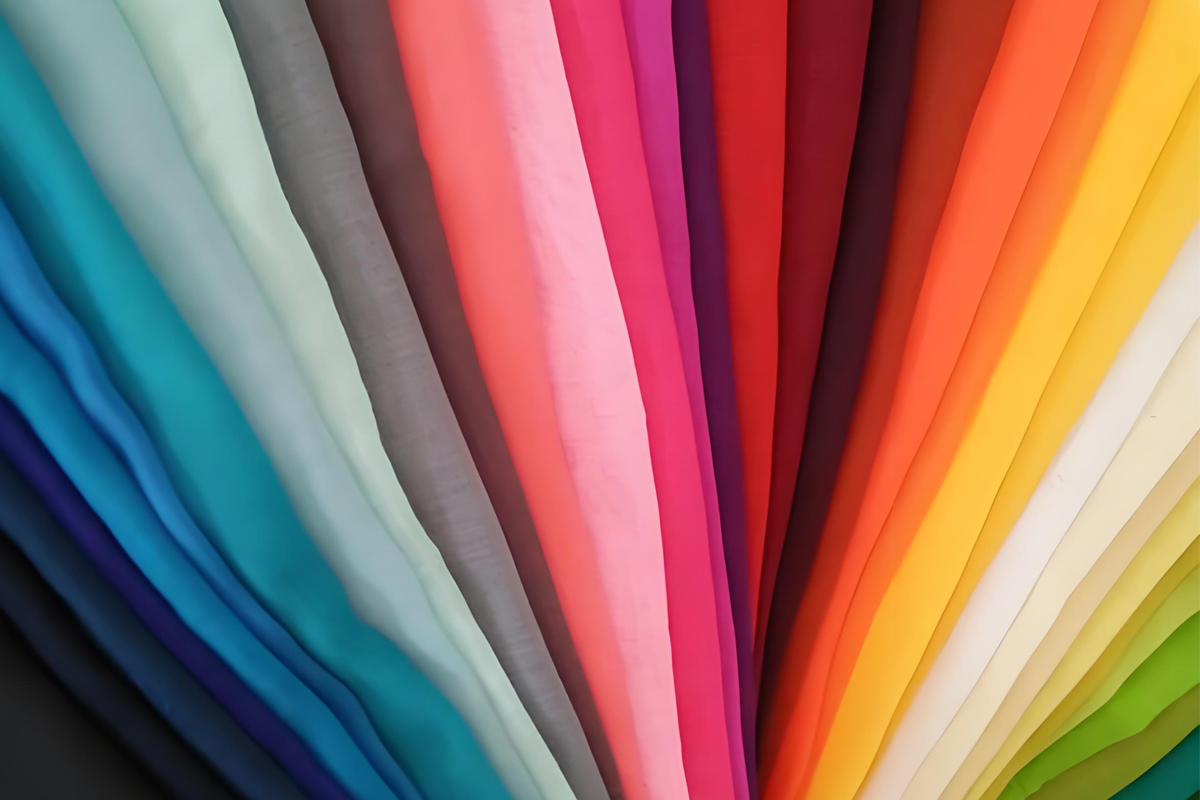
- Pre-wash & Scour: Remove all factory finishes. Use hot water and a drop of detergent. This helps dye soak in evenly.
- Soda Ash Soak13: Mix 1 cup of soda ash with 1 gallon of water. Soak your fabric for 20–30 minutes. It raises the pH and helps bond dye.
- Tying Techniques14: Use soft hands. Rayon tears easily. Avoid rubber bands that are too tight. Use plastic ties or loose folds.
- Dye Application15: Apply dyes using squeeze bottles for control. Use gloves. Overlap colors carefully.
- Curing: Leave fabric wrapped in plastic or a bag for 24 hours minimum. Warm temps help set color.
- Wash Out: Start with cold water. Then wash in hot water with mild detergent. This removes unfixed dye but keeps what bonded.
- Drying & Aftercare: Air dry or tumble dry low. Rayon shrinks easily in high heat. Iron with a pressing cloth if needed.
Take your time at each step. Rushing ruins results.
Common Mistakes & How to Fix Them
Ever open your washer to find your masterpiece a mess?
Tearing, bleeding, and uneven results are common with rayon—but you can prevent and fix most of them with better prep and post-care.
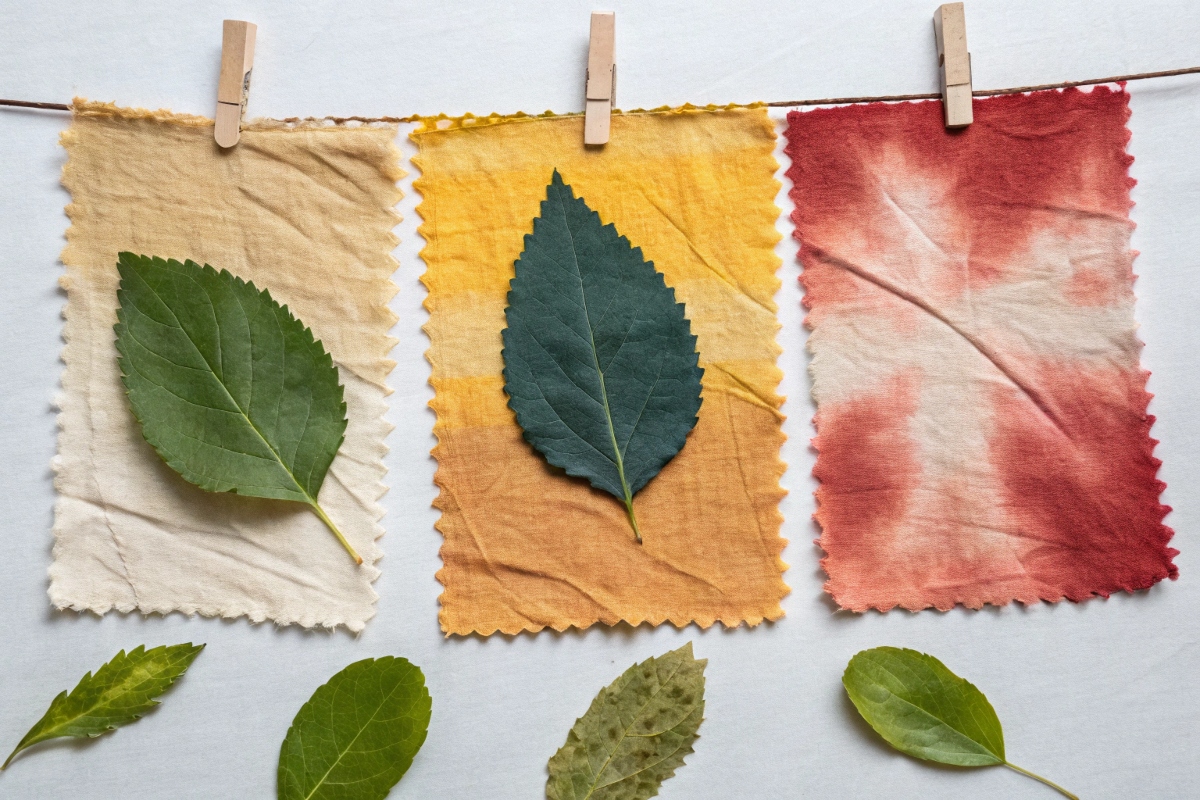
Let’s talk about the big three issues:
- Fabric tearing16: Wet rayon is weak. Avoid pulling, twisting, or using tight bindings.
- Dye bleeding17: Too much dye or not enough curing causes this. Wash in cold first, then rinse in hot. Use a dye fixative if needed.
- Uneven color18: This usually happens when fabric wasn’t pre-washed or if soda ash soak was uneven. Re-dye in overlapping colors to hide blotches.
Mistakes happen, but the fix is usually just more patience and better planning. Don’t toss your failed project—sometimes over-dyeing gives you something even better.
Blended Fabrics: Can You Dye Rayon-Spandex or Rayon-Polyester?
Bought a blend shirt? Not sure if it’ll take dye?
You can dye rayon blends, but results vary—spandex resists dye, while rayon-polyester gives partial color and more muted results.
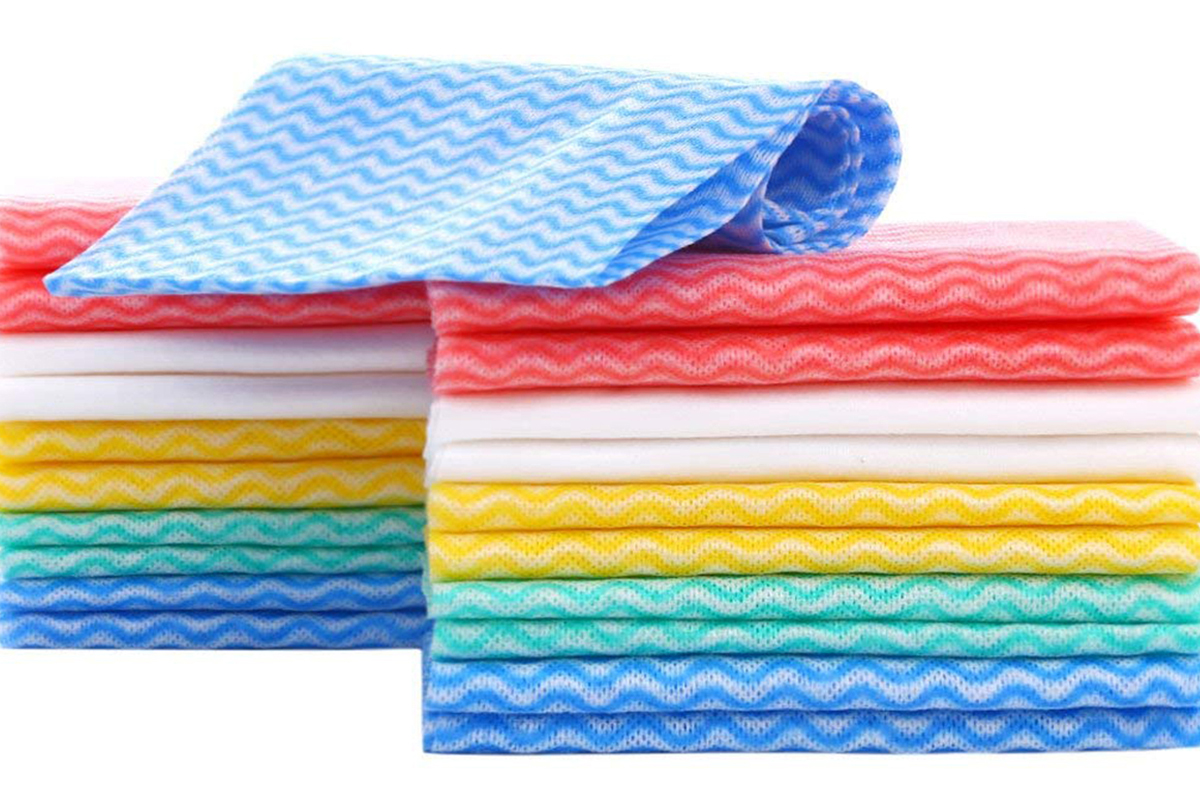
Here’s the deal: The higher the rayon content19, the better the result. If your shirt is 95% rayon and 5% spandex, you’ll get vibrant color—but it might look less bold in stretchy areas. Spandex repels dye.
Polyester blends are even tougher. If it’s a 50/50 rayon-poly blend, only the rayon will dye, leaving a heathered or speckled look. That can be cool if you’re going for it—but frustrating if you want solid color.
| Blend Type | Dye Outcome | Notes |
|---|---|---|
| Rayon-Spandex | Mostly vibrant | Spandex may lighten colors |
| Rayon-Polyester | Muted or uneven | Polyester won’t hold the dye |
| High Rayon (>90%) | Bright and strong | Best option for tie-dye projects |
Always check the label before you dye.
Sustainability & Ethical Considerations
Loving the color? Let’s talk about the impact.
Viscose dyeing raises environmental concerns, but closed-loop fibers20 and low-impact dyes offer safer, greener options.
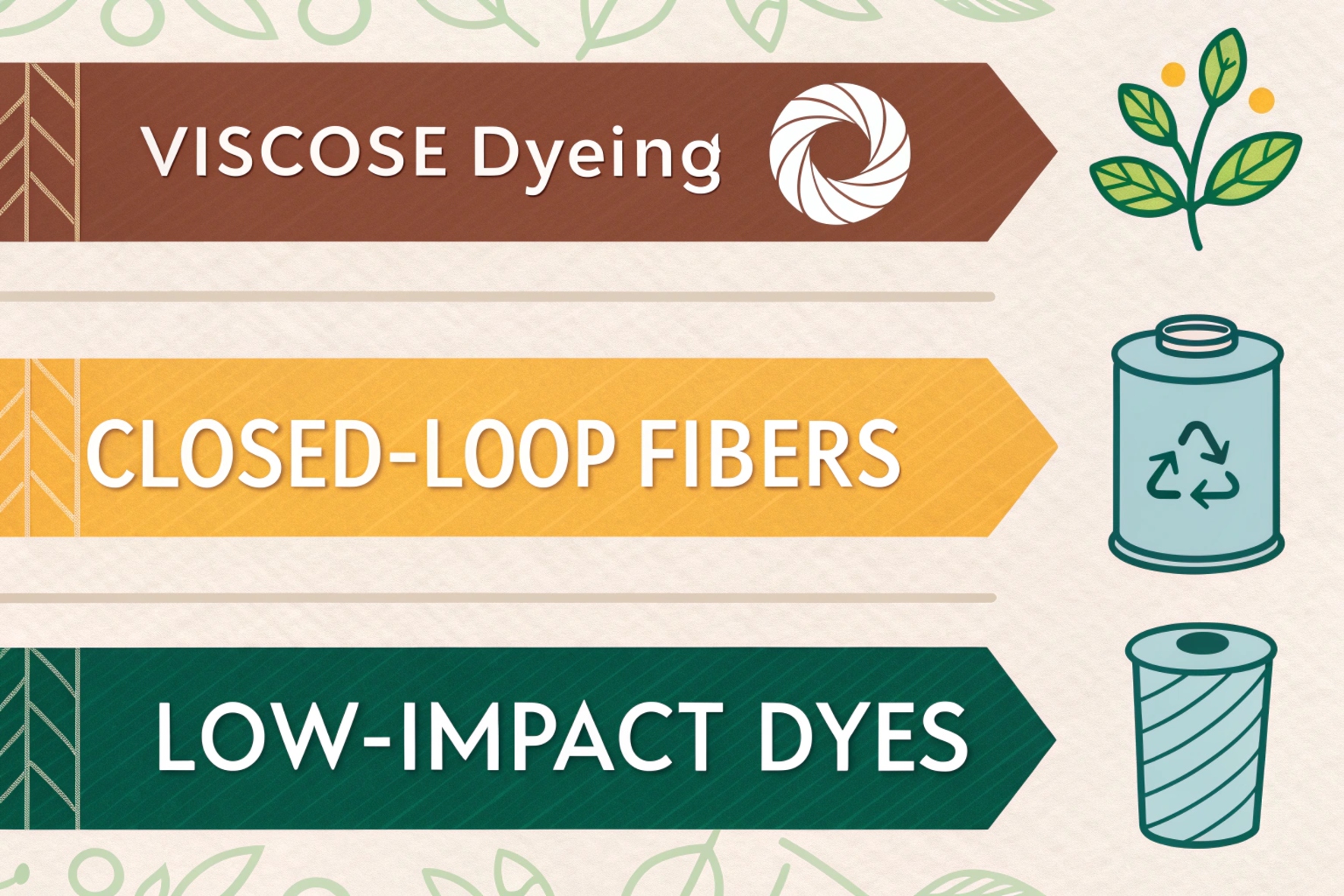
Traditional viscose production uses harsh chemicals and consumes large amounts of water and energy. Factories that don’t treat wastewater pollute nearby rivers and affect ecosystems. That’s a big concern in some manufacturing hubs.
If sustainability matters to you, look for OEKO-TEX-certified rayon21, or go with lyocell-based fabrics like TENCEL™22. Also, try low-impact dyes23, natural dyes, or brands that disclose their chemical process openly.
You can also reduce waste by:
- Using just enough dye—don’t dump excess.
- Reusing rinse water for dark loads.
- Line drying to reduce energy use.
Art doesn’t have to cost the planet.
FAQs
Can you bleach-dye viscose?
Not safely. Bleach can degrade the fibers, making them brittle and prone to tearing.
Does rayon fade faster than cotton?
Yes, rayon is more prone to fading unless properly cured and washed gently.
Best brands of dye for semi-synthetics?
Dharma Trading Co., Procion MX, and Jacquard Fiber Reactive dyes are great for rayon and viscose.
Conclusion
Yes, you can tie-dye viscose and rayon—just handle with care, use the right dyes, and treat every step gently.
Elbert Zhao
Founder, Elbert Wipes Solutions
📧[email protected] | 🌐 www.elbertwipes.com
8 production lines | 22 processing lines | OEKO-TEX certified | Walmart-approved supplier
-
Explore this link to learn the best practices for tie-dyeing viscose and rayon, ensuring vibrant and durable results without damaging the fabric. ↩
-
Understanding fiber-reactive dyes is crucial for achieving the best tie-dye results on viscose and rayon. This resource will deepen your knowledge. ↩
-
Discover why gentler handling is essential for tie-dyeing these fabrics to avoid tearing and ensure beautiful outcomes. ↩
-
Understanding the production process of viscose and rayon can enhance your knowledge of fabric care and dyeing techniques. ↩
-
Exploring the unique properties of rayon can help you better manage your fabric choices and dyeing methods. ↩
-
Exploring TENCEL™ will provide insights into sustainable fabric options that are strong and eco-friendly, perfect for conscious consumers. ↩
-
Understanding fiber-reactive dyes will help you achieve vibrant colors on rayon and viscose while maintaining fabric integrity. ↩
-
Exploring Procion MX dye will provide insights into its application, helping you achieve stunning results on rayon and other fabrics. ↩
-
Discovering Dharma Trading’s dyes can offer you a range of options for dyeing fabrics, ensuring you find the perfect match for your projects. ↩
-
Explore the fascinating technique of ice dyeing to create stunning, marbled effects on rayon fabrics. It’s a unique method worth trying! ↩
-
Discover the benefits of low-water immersion dyeing, a method that allows for precise control over dye application on rayon fabrics. ↩
-
Learn about fiber-reactive dyes, essential for achieving vibrant and long-lasting colors on rayon and viscose fabrics. ↩
-
Understanding the role of soda ash in dyeing can enhance your fabric dyeing skills and ensure better results. ↩
-
Learning effective tying techniques can prevent tearing and ensure even dye application, leading to stunning results. ↩
-
Mastering dye application techniques can significantly improve your fabric dyeing outcomes and creativity. ↩
-
Preventing fabric tearing is crucial for maintaining the integrity of your projects, ensuring they last longer and look better. ↩
-
Understanding dye bleeding can help you avoid common pitfalls in fabric dyeing, ensuring vibrant and lasting colors. ↩
-
Learning how to fix uneven color can save your projects and enhance your dyeing skills, leading to better results. ↩
-
Understanding rayon’s role in dyeing can help you choose the best fabric for vibrant colors. ↩
-
Learn about sustainable dyeing practices that minimize environmental impact and enhance fabric quality. ↩
-
Explore the significance of OEKO-TEX certification in promoting sustainable fabric choices and reducing environmental impact. ↩
-
Discover how TENCEL™ and lyocell fabrics contribute to sustainable fashion and their environmental advantages. ↩
-
Learn about low-impact dyes and their role in reducing environmental harm in the dyeing process. ↩


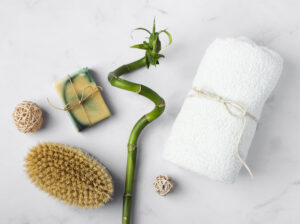
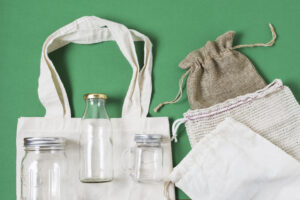


2 Responses
Je recommande vivement Ernestopro.fr pour tous vos besoins en teinture de tissus semi-synthétiques comme le viscose et la rayonne. Leur expertise, leurs produits de qualité et leurs conseils détaillés facilitent grandement le processus de teinture, même pour les débutants. Grâce à Ernestopro.fr, j’ai pu obtenir des couleurs vibrantes et durables sur mes tissus, tout en respectant l’environnement. N’hésitez pas à consulter leur site pour des solutions adaptées à vos projets de teinture ou de nettoyage textile. C’est une ressource incontournable pour réussir vos teintures avec succès !
Glad to know you like our posts!